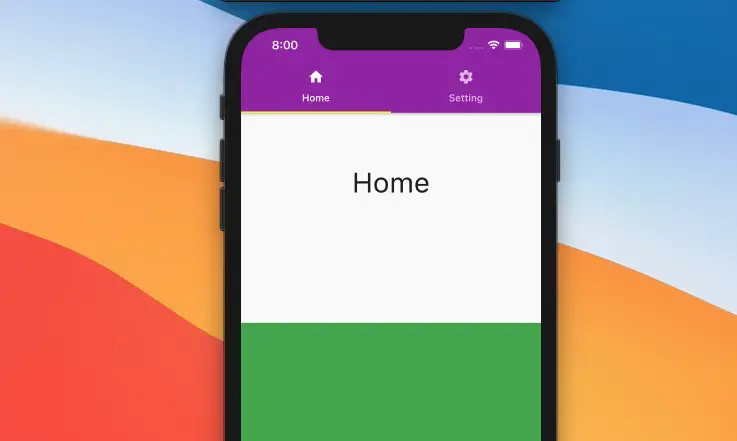
Today we’ll talk about the SliverAppBar widget in Flutter. The main part of this article is a complete example of implementing a SliverAppBar with a bottom section that consists of 2 tabs. The others are a few explanations and quick tips.
The Key Point
A SliverAppBar or other sliver widgets need to be placed inside a sliver group that wrapped by a CustomScrollView, like below:
CustomScrollView(
slivers: [
SliverAppBar(),
// Other sliver widgets
SliverList(),
SliverGrid()
],
),In addition, you can add more than one SliverAppBar if you want.
The Example
Preview
This example app has a SliverAppBar with a Home tab and a Settings tab at the bottom.
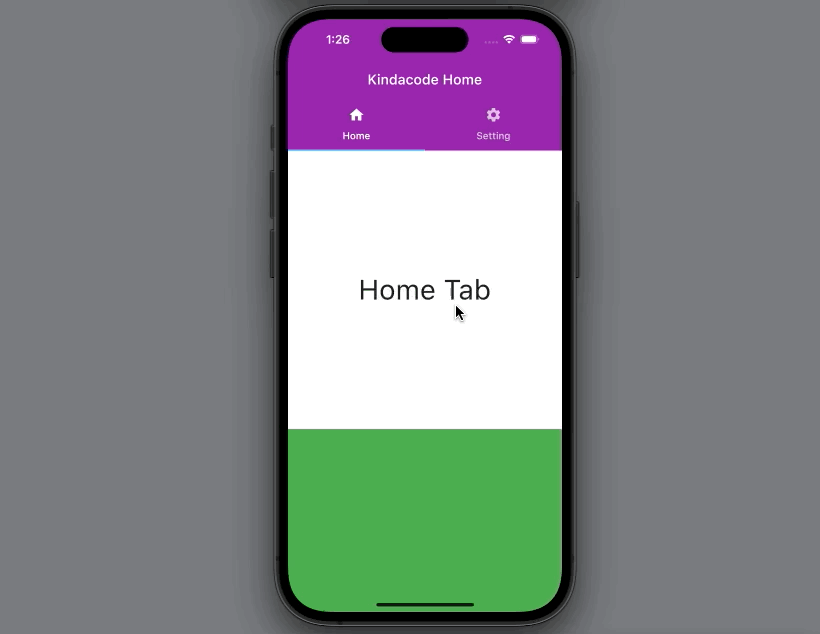
As you can see:
- When the user scrolls down a little bit, the title will disappear, and only the bottom area is visible.
- When the user scrolls up, the title shows up again.
The Code
The full code:
// main.dart
import 'package:flutter/material.dart';
void main() {
runApp(const MyApp());
}
class MyApp extends StatelessWidget {
const MyApp({Key? key}) : super(key: key);
@override
Widget build(BuildContext context) {
return MaterialApp(
debugShowCheckedModeBanner: false,
title: 'Kindacode.com',
theme: ThemeData(
primaryColor: Colors.purple,
colorScheme: ColorScheme.fromSwatch()
.copyWith(secondary: Colors.yellowAccent)),
home: const HomePage(),
);
}
}
class HomePage extends StatefulWidget {
const HomePage({Key? key}) : super(key: key);
@override
State<HomePage> createState() => _HomePageState();
}
class _HomePageState extends State<HomePage> {
// This function show the sliver app bar
// It will be called in each child of the TabBarView
SliverAppBar showSliverAppBar(String screenTitle) {
return SliverAppBar(
backgroundColor: Colors.purple,
floating: true,
pinned: true,
snap: false,
title: Text(screenTitle),
bottom: const TabBar(
tabs: [
Tab(
icon: Icon(Icons.home),
text: 'Home',
),
Tab(
icon: Icon(Icons.settings),
text: 'Setting',
)
],
),
);
}
@override
Widget build(BuildContext context) {
return Scaffold(
body: DefaultTabController(
length: 2,
child: TabBarView(children: [
// This CustomScrollView display the Home tab content
CustomScrollView(
slivers: [
showSliverAppBar('Kindacode Home'),
// Anther sliver widget: SliverList
SliverList(
delegate: SliverChildListDelegate([
const SizedBox(
height: 400,
child: Center(
child: Text(
'Home Tab',
style: TextStyle(fontSize: 40),
),
),
),
Container(
height: 1500,
color: Colors.green,
),
]),
),
],
),
// This shows the Settings tab content
CustomScrollView(
slivers: [
showSliverAppBar('Settings Screen'),
// Show other sliver stuff
SliverList(
delegate: SliverChildListDelegate([
Container(
height: 600,
color: Colors.blue[200],
child: const Center(
child: Text(
'Settings Tab',
style: TextStyle(fontSize: 40),
),
),
),
Container(
height: 1200,
color: Colors.pink,
),
]),
),
],
)
]),
));
}
}To avoid duplicate code, I assigned SliverAppBar to the function showSliverAppBar:
SliverAppBar showSliverAppBar(String screenTitle) {
return SliverAppBar(
backgroundColor: Colors.purple,
floating: true,
pinned: true,
snap: false,
title: Text(screenTitle),
bottom: const TabBar(
tabs: [
Tab(
icon: Icon(Icons.home),
text: 'Home',
),
Tab(
icon: Icon(Icons.settings),
text: 'Setting',
)
],
),
);
}Common Parameters
Below are the most commonly used parameters of SliverAppBar:
| Option | Type | Description |
|---|---|---|
| title | Widget | The primary widget displayed in the app bar often is a Text widget |
| leading | Widget | The widget before the title |
| actions | List<Widget> | A group of widgets after the title |
| bottom | PreferredSizeWidget | Used to add the bottom section |
| floating | bool | Determines whether the app bar should become visible as soon as the user scrolls towards the app bar |
| pinned | bool | Determines whether the app bar should remain visible at the start of the scroll view |
| snap | bool | If both snap and floating are true, the floating app bar will snap to the view. |
References
- App bars: top (material.io)
- Navigation Bars (developer.apple.com)
- SliverAppBar class (flutter.dev)
- CustomScrollView class (flutter.dev)
Conclusion
In this article, we’ve examined an end-to-end example of using SliverAppBar in Flutter. If you would like to learn more about the sliver stuff and other interesting things in Flutter, take a look at the following articles:
- Flutter SliverList – Tutorial and Example
- Example of CupertinoSliverNavigationBar in Flutter
- Flutter AnimatedList – Tutorial and Examples
- Flutter: SliverGrid example
- Flutter: Creating OTP/PIN Input Fields (2 approaches)
- Flutter & Hive Database: CRUD Example
You can also check out our Flutter topic page or Dart topic page for the latest tutorials and examples.
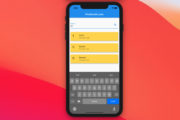
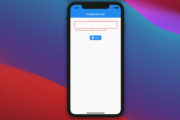
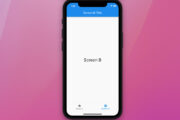
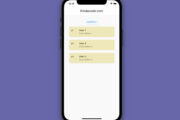
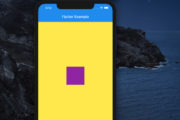
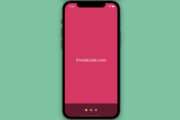
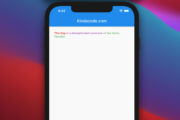
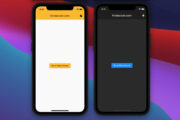
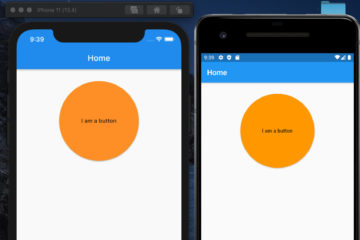
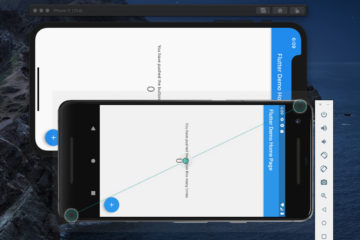

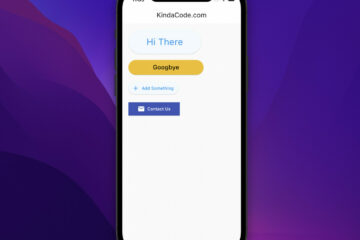
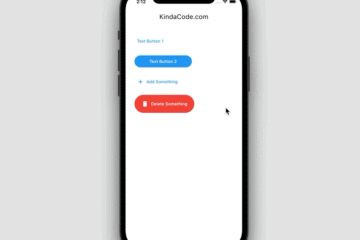
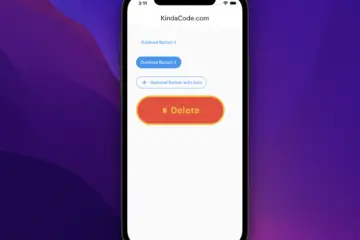

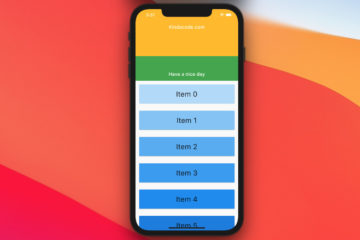
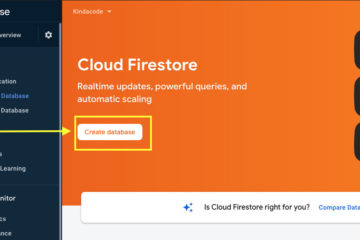


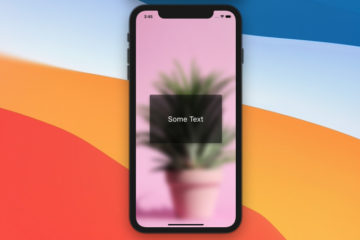
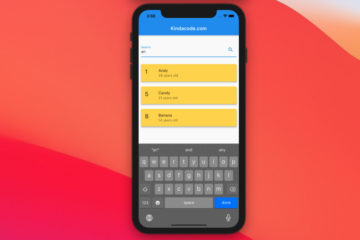
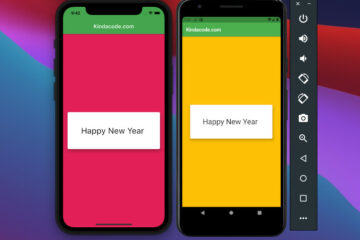

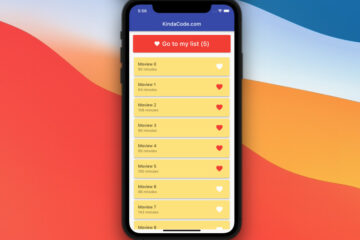
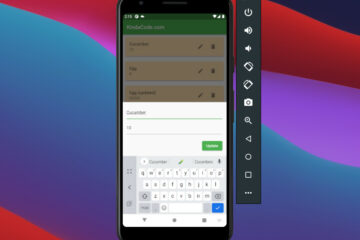


it works, but only the content which should change not the whole page
It depends on you use cases
thanks, you save me
Have a nice day bro